Repurpose, recycle, reuse.
We’ve all heard those terms. Giving new life to old things, whether donating clothing or recycling plastic, prevents them from piling into a landfill. The U.S. Environmental Protection Agency says that food scraps and yard waste currently make up more than 30 percent of what we throw away! In landfills, these throwaways take up space and release methane, a potent greenhouse gas. Instead, they can be transformed into compost—a rich organic substance—used to improve your soil. Homemade compost is practically free, costing only your time.
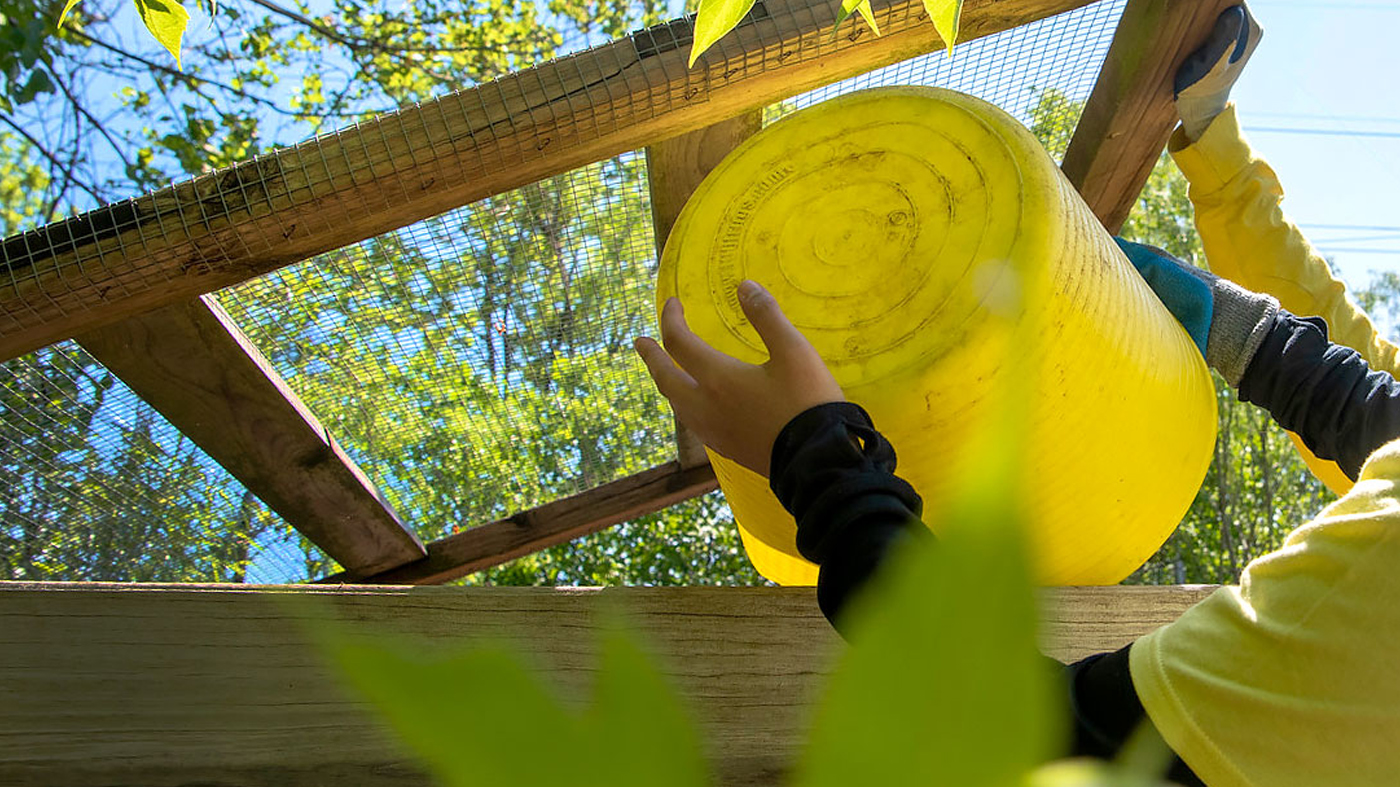
What is Compost?
Compost is simply a pile or container filled with three main ingredients—brown materials (dried leaves, twigs, small branches, used soilless potting mix, shredded paper), green materials (chemical-free grass clippings, vegetable and fruit scraps, weeds without seeds, used tea bags, and coffee grounds), and water.
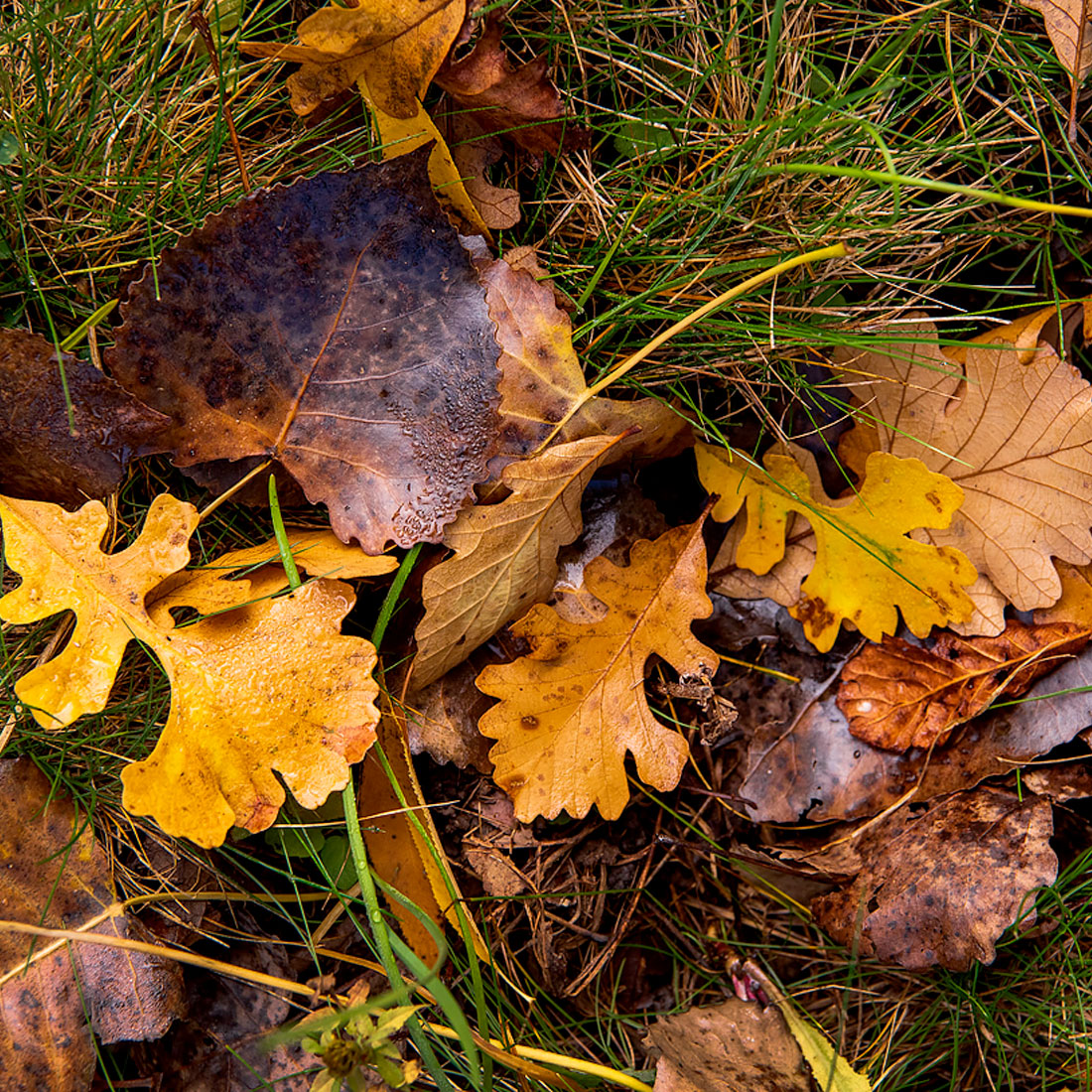
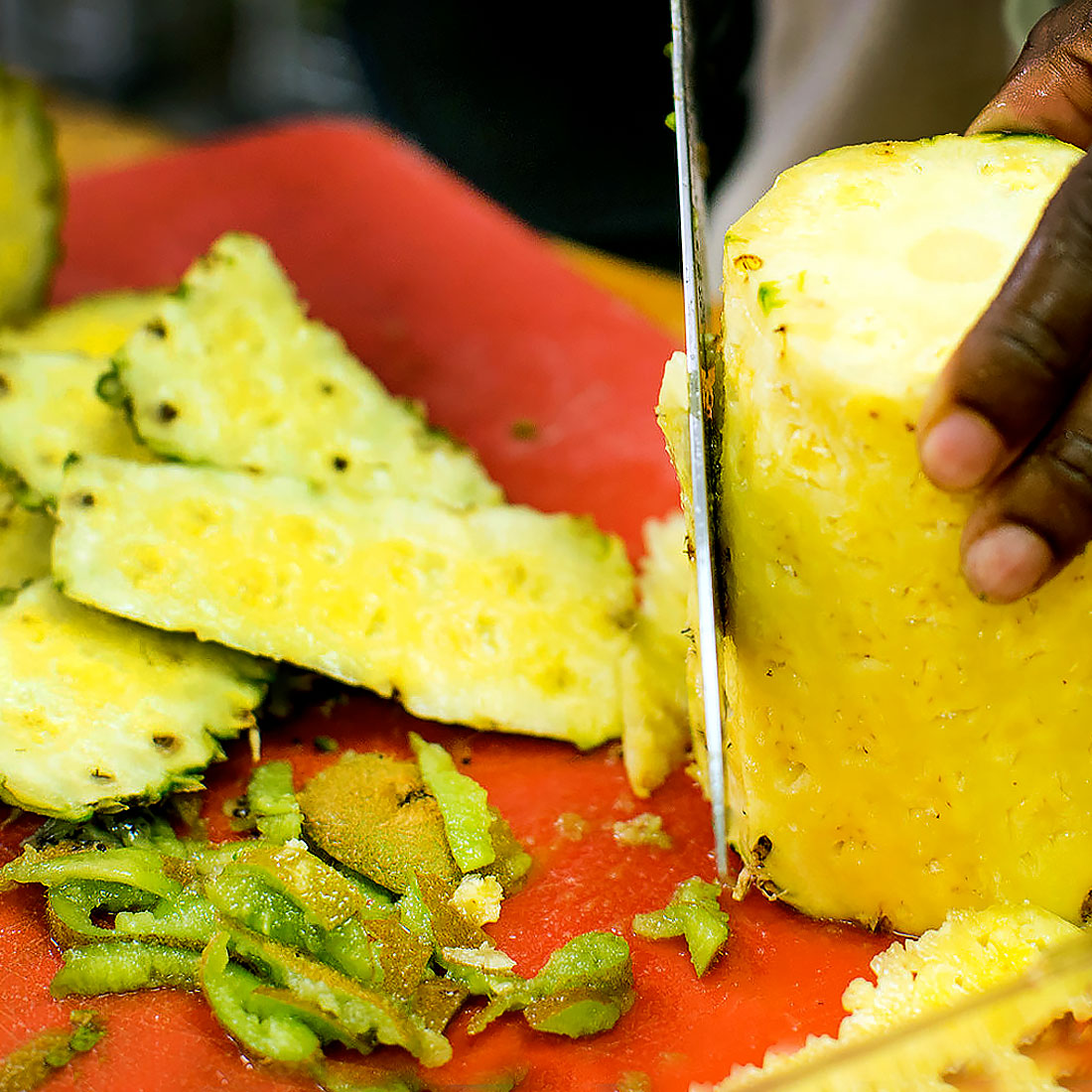
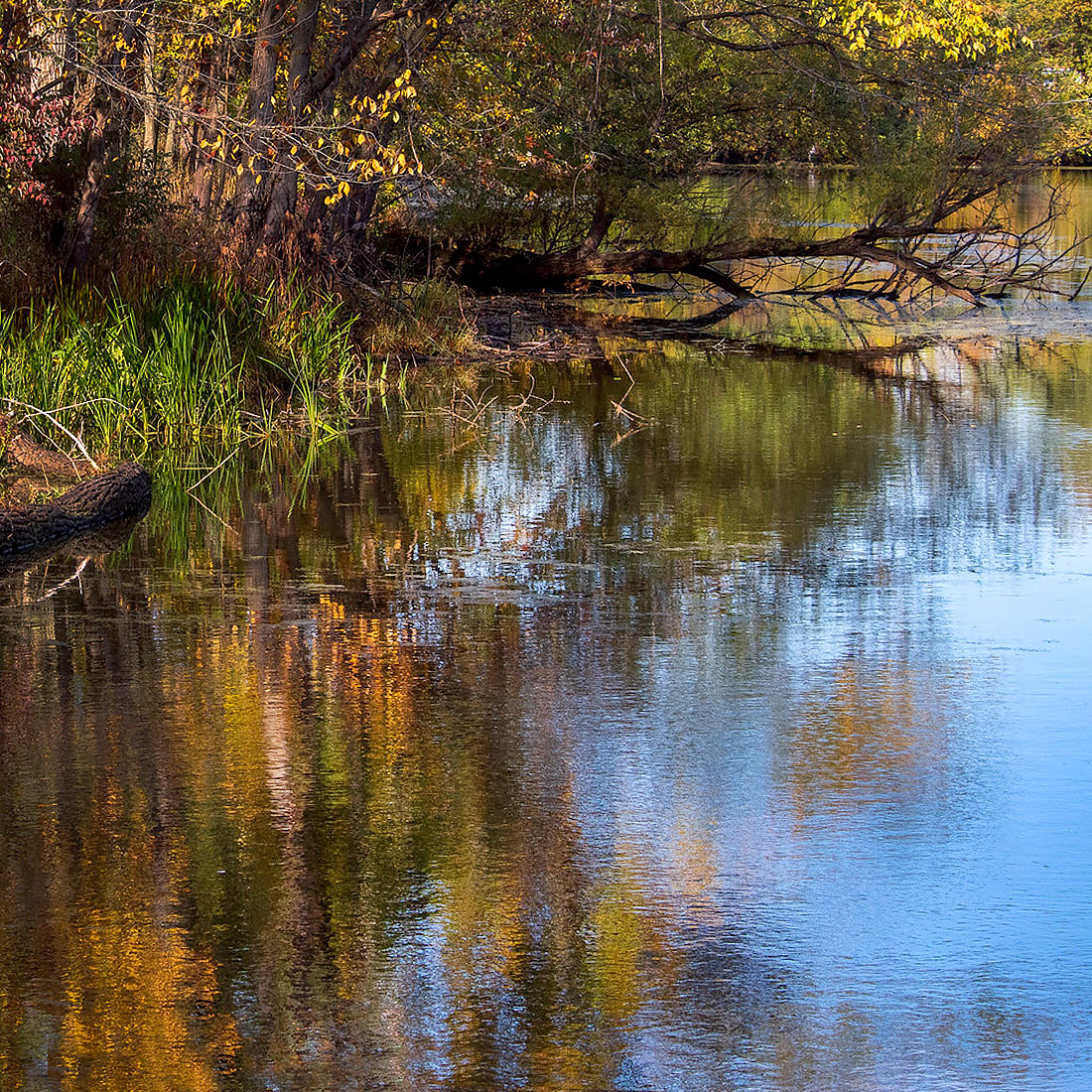
brown materials + green materials + water
Compost is not fertilizer. Compost feeds the soil, while fertilizer feeds the plants. Compost contains many microorganisms, microscopic soil fauna, enzymes, and fungi, as well as earthworms, millipedes, and other minuscule creatures. When you add compost to soil, these life forms create openings around plant roots for much-needed air, water, and nutrients. A shovelful of compost contains millions of organisms that help replenish soil elements consumed by plants the previous growing season.
Why Compost?
Adding compost to plant pots, raised beds, planting holes, or as a mulch around annuals, perennials, or vegetables helps retain soil moisture. It’s a great soil amendment and conditioner that breaks up clay. Regular helpings of compost produce soil that is dark and crumbly, which is why compost is often called black gold.
DIY
You can buy bagged compost, but making your own is easy and saves money. Composting can be as simple as creating a pile of vegetable and fruit scraps, yard waste, paper, and twigs. The pile can be in sun or shade. The larger the pile, the faster the materials will decompose. Water the pile once a week or so to keep it slightly moist and turn it with a garden fork, a manure fork, or shovel a few times each month. As you add more materials, mix them into the center of the pile.
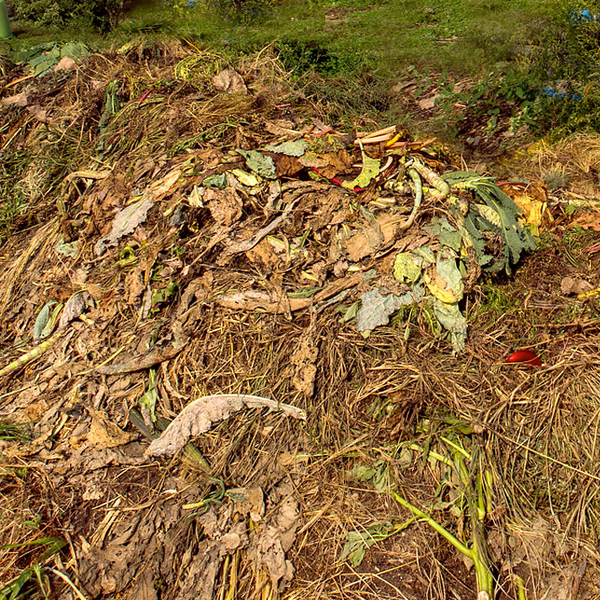
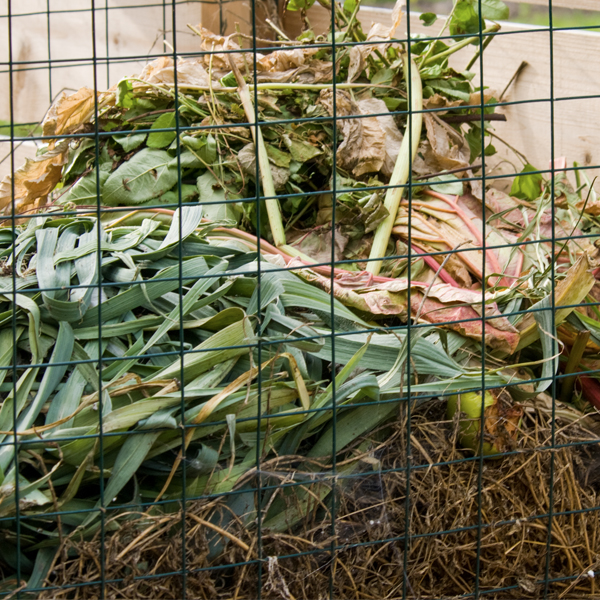
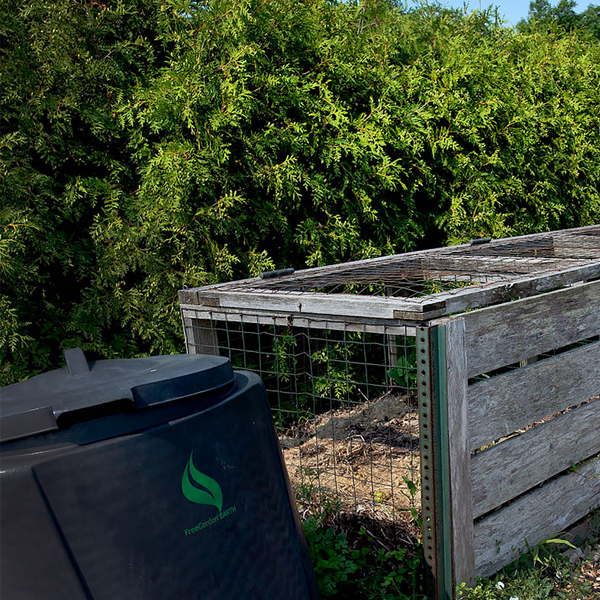
If that sounds too unkempt, the pile can be enclosed on three sides with fencing, recycled pallets, or chicken wire and stakes. Two or three bins are even more effective. As the materials decompose, move them into the second bin where they’ll continue to cook. That frees up the first bin for fresh materials.
Attractive composting bins are sold at garden centers, big box stores, and online. You can make your own compost bin with a large trash can and lid. Drill several small holes in the bottom and around the sides to allow air to enter and water to drain. Mix the layers of brown and green materials and moisten all of it. Continue adding materials as they are available. You’ll soon discover that the pile has shrunk as the materials decompose.
Using a bungee cord, secure the lid to the handles or edge of the can. Place the can on its side once a week and roll it back and forth to mix the ingredients. This type of enclosed composter prevents mice, raccoons, and other critters from invading the pile. Decomposition can occur in as little as a few months up to a few years depending on how, what, and where you are composting.
Compost Formulas
There are many recipes for making compost. The easiest method is to use three parts of brown material and one part of green material. Brown materials (straw, dry leaves, shredded paper) are rich in carbon. Green materials (kitchen scraps, freshly pulled weeds, and grass clippings) are rich in nitrogen. Active compost piles have a high carbon-to-nitrogen ratio. Too much brown (carbon) and not enough green (nitrogen) slows decomposition. Too much green and not enough brown and the pile will not only decompose slowly, it might also be smelly and soggy. (If you’ve ever moved a pile of wet grass clippings or leaves, you’ll know what we mean!)
Not to worry. Composting isn’t an exact science. All organic material eventually breaks down. Take nature—the forest floor develops a layer of humus when fallen leaves decompose. Make it easy: use three buckets of brown and one of green materials when filling the pile or bin.
Here’s a simple recipe: one part fresh, untreated grass clippings or kitchen scraps, one part dry leaves or shredded paper, and one part good garden soil or used potting mix. Spread each ingredient in a 3- to 5-inch layer and keep adding layers as materials are available. Lightly moisten the pile with water and turn it from time to time. The finished product will have a fresh, earthy scent and few recognizable materials.
Heat it Up
You may feel some heat from the center of the pile. Heat is a by-product of intense microbial activity as the organisms convert the waste into humus. Some people use a long compost thermometer to determine the pile’s temperature. A hot pile (140 to 160 degrees Fahrenheit) isn’t critical, but it allows for usable compost within a month or so. High temperatures also kill most weed seeds, as well as harmful pathogens that can cause plant diseases. Commercial compost activators sold at garden centers and online contain microorganisms and protein that help raise the pile’s temperature.
To Turn or Not to Turn
Turning the compost pile with a garden fork or special compost aerator adds oxygen and blends the materials for faster decomposition. If you want a hot compost pile, turning it every three to five days is helpful. However, if you’re not in a hurry, you don’t have to do it. The pile will heat up again as long as material has not decomposed. The most decomposed material will be at the bottom. Turn the pile less frequently in cold weather to avoid releasing heat.
In-Ground Composting
Another simple method is to dig a hole about 12 inches deep and wide and fill it with brown and green materials. Cover them with soil. When it’s filled to the top, water it and place a flat stone over the hole to keep animals out. When the stone sinks in a few months, the materials will have decomposed, and you can plant in that enriched soil.
When to Apply
Once your compost becomes dark, crumbly, and basically unrecognizable, it can be applied at any time in the garden. Spread some in the spring where you will sow seeds or plant. Or use it in summer as a light layer of mulch around vegetables, annuals, or perennials. Autumn is also a good time to distribute compost because it allows earthworms to mix it with soil before the ground freezes.
Gardeners never seem to have enough compost, and once you use it up, you’ll be wishing for more. Don’t have a compost pile? Now’s a good time to start one.
Nina Koziol is a garden writer and horticulturist who lives and gardens in Palos Park, Illinois. Photos by Ellen Hodges.

